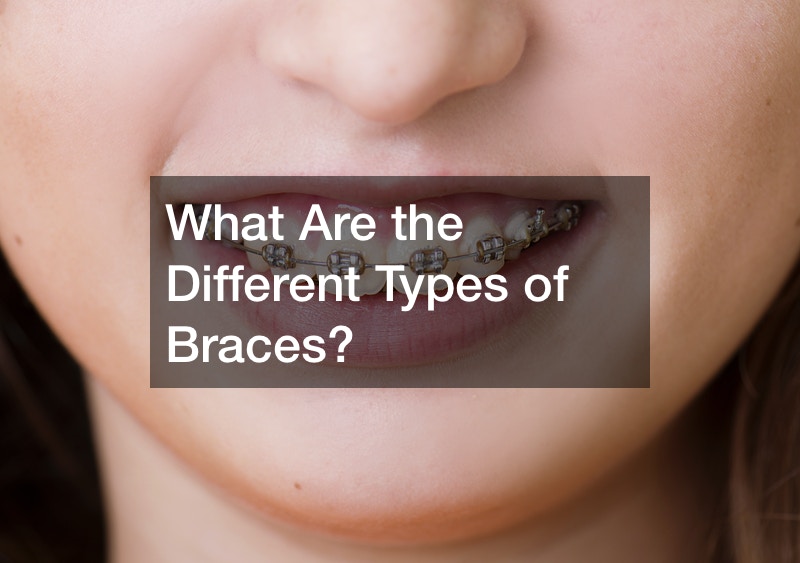
This YouTube video describes treatment options for those who need braces and lays out options for them.
The first thing you need to know is that there are two types of orthodontic treatment: phase 1 and phase 2. Phase 1 treatment occurs when there is a mix of baby teeth and adult teeth. Patients who are between the ages of 7 and 12 years old are usually placed in phase 1 treatment.
They often benefit from partial braces or appliances. Phase 2 treatment occurs when there are only adult teeth. People in this phase can benefit from full braces.
Treatment times vary but typically come in blocks of 12, 18, and 24 months. Each patient must undergo an evaluation by an orthodontist to determine how long they will be in treatment.
Most patients have the option of metal braces, Iconix braces, or Invisalign. Metal braces use a metal bracket to attach an arch wire. This connects all the brackets and guides direction of teeth movement. Metal braces are the most visible but the least expensive.
Iconix braces are similar to metal braces. The brackets in these braces are made of champagne-colored metal material which makes them less visible during treatment.
Invisalign is the newest innovation in orthodontic treatment. Patients use clear aligners that are switched out every two weeks to gradually and subtly move their teeth into position. Aligners can be easily removed for eating but should be worn regularly.
Lingual braces are another option. They are metal braces that are placed in the back of your teeth so as not to be visible. Because they are harder to work with, many orthodontists do not offer them.




